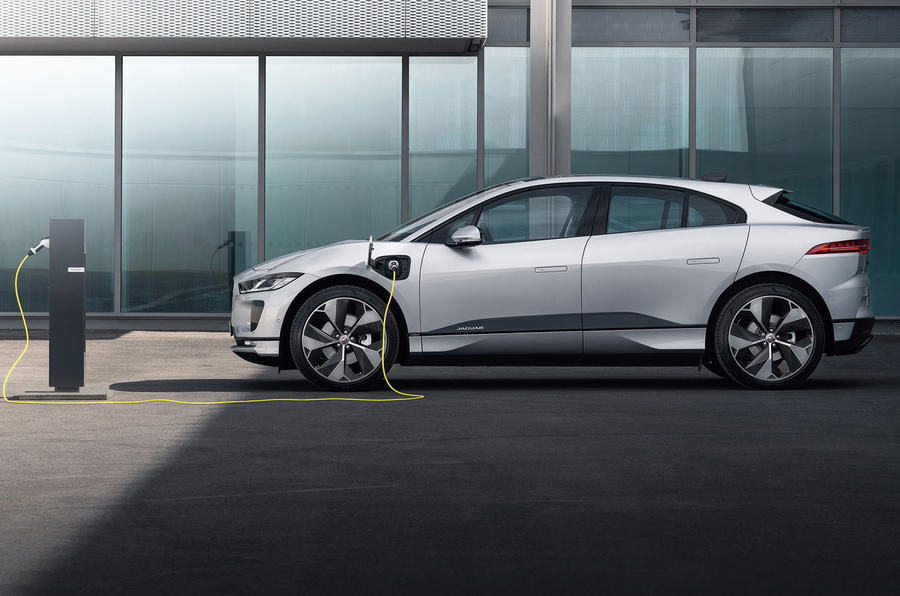Read The Full Article On: Masstransitmag
Using wireless, inductive power transfer pads embedded in the roadway, electric buses can seamlessly charge while on route, reducing the need for large battery packs and charging stations.WAVE Inc.Jun 25th, 2020
Wireless Advanced Vehicle Electrification (WAVE) can help operators of all-electric bus fleets to meet the challenges associated with vehicle range.
Emissions from diesel-powered vehicles have become a worldwide concern. The demand to reduce emissions has driven an increased interest in vehicles powered by alternative propulsion. Electric buses are a popular option for cities as public transportation plays an integral role in environmental sustainability. An electric bus operation can improve air quality, noise reduction and total cost of ownership.
In 2016, Antelope Valley Transit Authority (AVTA) set a goal to become the nation’s first all-electric fleet. The fleet utilizes WAVE’s wireless inductive chargers to help power the new zero-emission buses. Using wireless, inductive power transfer pads embedded in the roadway, AVTA’s electric vehicles can seamlessly charge while on route, reducing the need for large battery packs and charging stations. WAVE’s wireless charging solution integrates into daily operations and requires zero driver intervention.
Through experience and the accumulation of data, WAVE says it has found its systems capable of maintaining electric bus operations without making a single change to existing bus schedules. Daily routes, totaling more than 200 miles, provide opportunities for a five-minute charge at a bus transfer center. In-route charging allows electric vehicles to extend their operational range and increase overall battery life. WAVE’s wireless chargers allow AVTA’s fleet to operate in a charge-neutral scenario, which means the WAVE’s wireless charger puts back as much energy as it was consumed on the previous route segment. As a result, the buses never lose their charge. Its charging technology alleviates common concerns about electric vehicle ownership, including safety, convenience and range anxiety.
The WAVE technology has successfully undergone multiple commercial deployments throughout the country. At Contra Costa Transit Authority (CCCTA), eight Gillig battery-electric buses run in a charge-neutral scenario, where a brief stop at the Walnut Creek BART station in-route chargers replenish all of the energy consumed during the previous lap around town. The only net charge depletion is during the deadhead from Concord to WC BART where it starts the morning route. Thereafter, the charge remains neutral throughout the day, keeping the batteries charged and then returning back to the bus depot at the end of the day for a brief top-off charge.

